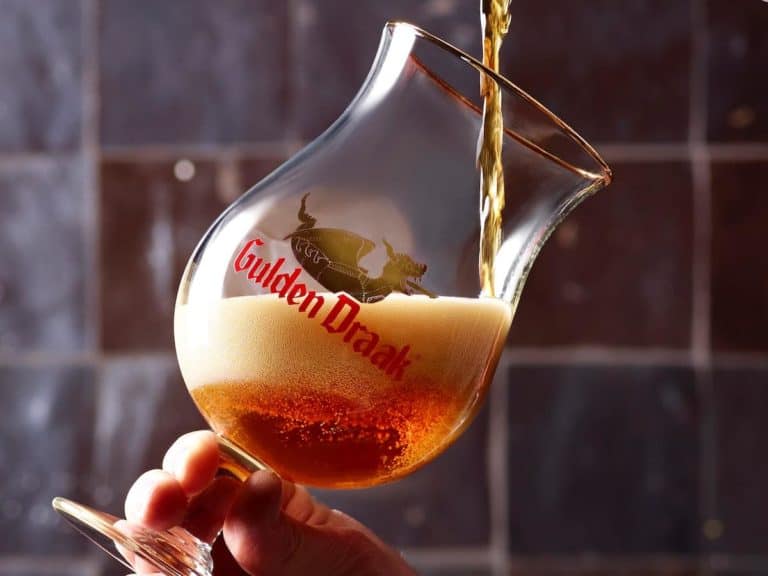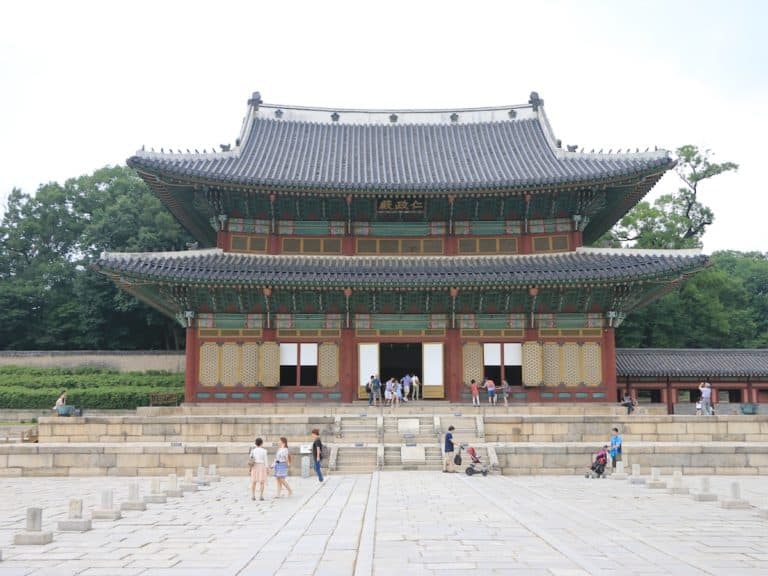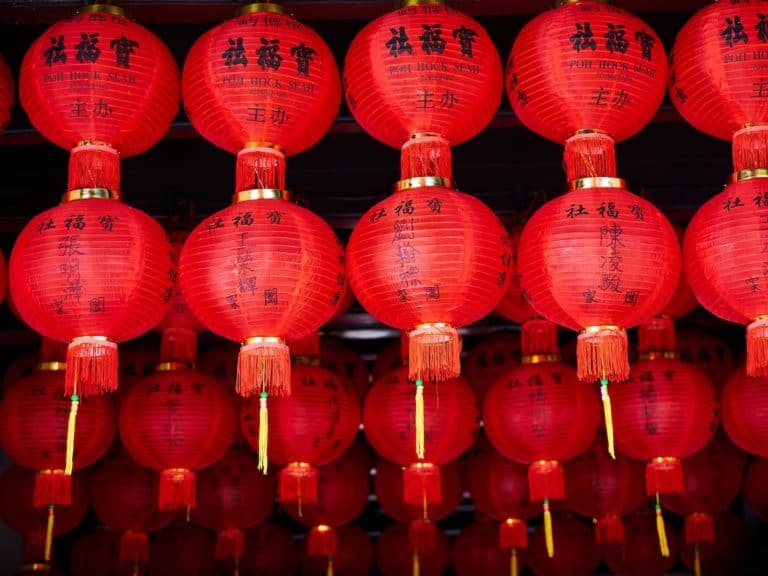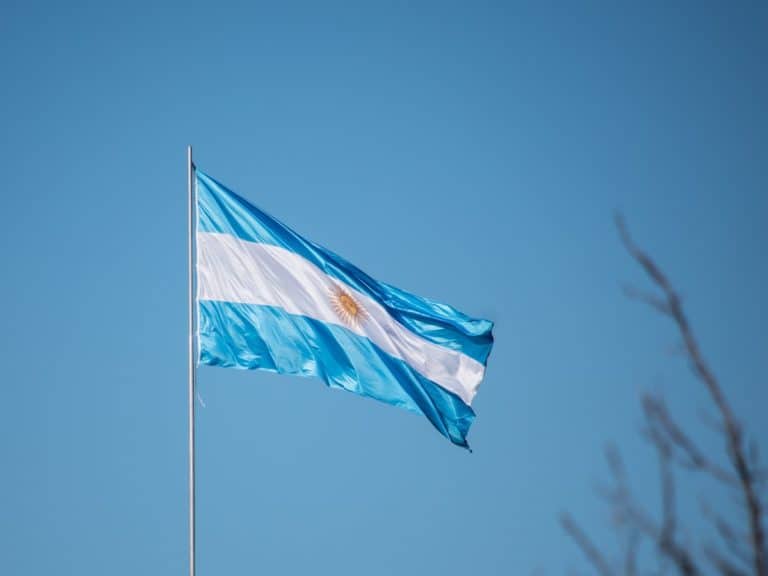What to Eat on Easter and Passover
Whether you are Christian or Jewish, holidays are an important part of practicing your faith and roots. They are a time of family and community and passing down traditions to future generations.
Two of the defining holidays for both groups are Easter for Christians and Passover for Jewish people.
While these holidays celebrate two different things and are a part of two different religions/ethnicities, one of the ways in which they are very similar is that both celebrations take place around food and connecting with loved ones around the dinner table. With that in mind, let’s look at what some traditional and required foods are part of these celebrations.
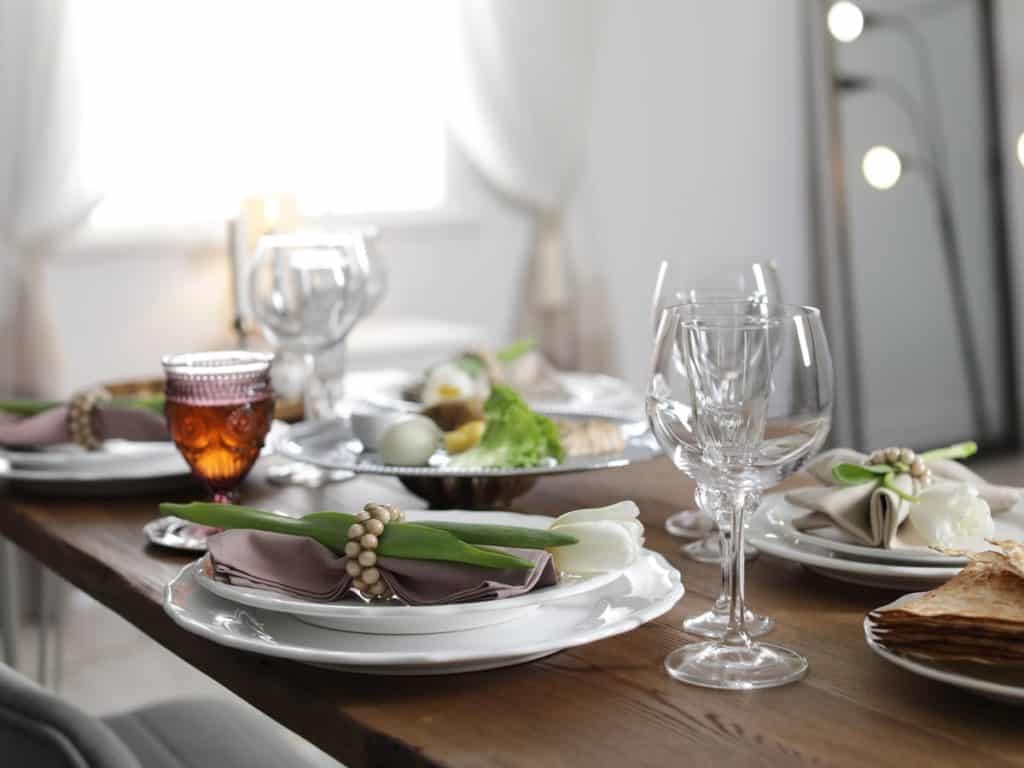
What to Eat on Easter
While there are no expressly forbidden foods on Easter, quite a few are often served as part of tradition or to share a story.
Some of the most common foods you might see on or around Easter include:
- Hot Cross Buns. These buns are typically made with cinnamon and fruit and, as their name would indicate, have a cross etched in the top. The cross, a symbol of the crucifixion and resurrection of Jesus, is of utmost importance to Christians.
- Lamb. In the Bible, Jesus is referred to as the sacrificial lamb of God. Because of this, lamb is often served as part of the Easter dinner celebration in many parts of the world.
- Hard-boiled eggs. Though they are typically dyed pretty colors and more decorative than anything else, they are also a symbol of new life and the tomb that Jesus was buried in.
- Ham. Ham actually has its foundations Pagan tradition, but at some point was incorporated into the Christian one. It was believed that eating it brought good fortune. In the past, ham was more accessible and affordable, and to this day, it tends to be a more popular option with American Easter celebrations.
- Soft Pretzels. A typical food item in European Easter celebrations, soft pretzels are traditionally served from Lent all the way through Easter. The loop symbolizes arms that are folded in prayer.
What to Eat on Passover
There are two aspects to consider when it comes to what to eat on Passover. First are the symbolic food items that are part of the Seder plate and used as part of the ceremony.
These items include:
- Matzoh. This is bread without leavening, making it flat and crispy.
- Zeroah. This is a shankbone meant to symbolize the animal sacrificed the night before the Exodus from Egypt.
- A hard-boiled egg. The egg is a representation of the offering made during the days of the Holy Temple.
- Maror and Chazaret. These are bitter herbs that are a symbol of the Israelites bitterness when they were slaves in Egypt.
- Charozet. A sweet paste made of fruit, nuts, and wine which symbolizes the mortar the Israelites used when they made bricks in Egypt.
- Karpas. Karpas is a vegetable, usually parsley, which is used to symbolize the hard labor of the Israelites in Egypt.
The Passover Dinner
Obviously, when it comes to the meal after the ceremony, the amount of food expands. However, there are limits, as anything that is not Kosher for Passover (part of the Jewish dietary law) is forbidden.
Foods that are allowed include seafood with scales and fins, birds that do not scavenge or hunt (such as chickens or ducks), meat from animals that are herbivores (such as cows and sheep), fruits, nuts, grains, seeds, and eggs from kosher animals.
Traditional foods served include:
- Matzoh ball soup. Matzoh balls are a kind of dumpling made of matzoh meal, oil, water, and egg, cooked in broth or water.
- Gefilte fish. This is a ground fish which is usually served cold.
- Brisket or roast chicken. Both of these are kosher animals.
- Potato kugel. This is a potato casserole made with a combination of grated potatoes, oil, flour (sometimes), salt, and pepper.
- Tzimmes. This is a stew made of carrots, prunes, and potatoes or sweet potatoes (optional).
Conclusion
Even though Passover and Easter are important holidays for two different religions, both holidays focus on the importance of the community around a meal. The types of food may differ, but both holidays have food items that have a tradition and history.
Some of the common items you will find at an Easter meal include ham, lamb, hot cross buns, hard-boiled eggs, and soft pretzels. Similarly, around a Passover meal, you will also find lamb. However, there are more limitations to making sure the food is Kosher for Passover.
Other items at a Passover meal include tzimmes, potato kugel, roast chicken or brisket, gefilte fish, and matzo ball soup.
